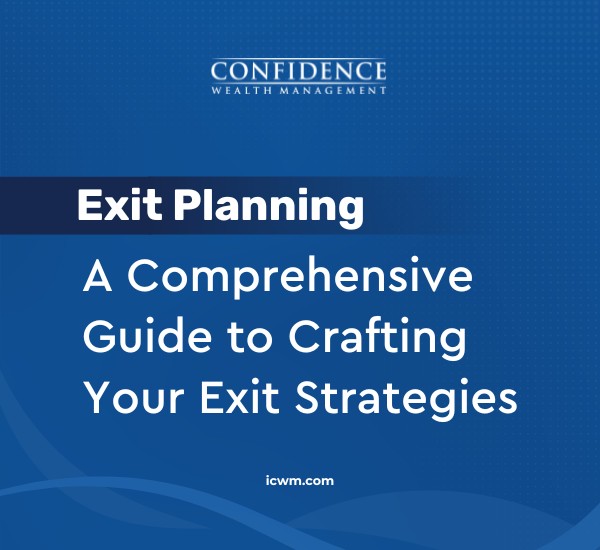A permanent, whole-life insurance policy may be used to provide income to the beneficiary, or beneficiaries, at time of death. Most of us know and understand this. This is the primary function of a life insurance policy.
But a whole life policy has other uses, as well. Here, it’s important to make a distinction between a permanent policy and a term policy. Term is far more limiting in the uses it may serve, outside of offering up a death benefit. Term policies certainly come with advantages, no doubt. But only with a permanent policy may you put in place creative financial solutions in such a way that the policy has many more uses other than providing death benefits. Several of these are listed below.
- Cash flow. While it generally takes a whole life policy up to 10 years to begin generating cash flow, you can borrow against your policy much sooner. This method of generating cash flow is perhaps one of the most commonly understood advantages of a whole life policy. This is true because the life insurance industry, appropriately, goes out of its way to let policyholders know that this is a salient feature of how they can be used and why they should be purchased. Usually, you can pay the company back, with interest. Or you can have the loan amount deducted from the death benefit. As with all of these options, you should speak with an advisor before you decide to pursue a life insurance policy loan.
- Living benefits. Many newer policies now come with what are called “living benefits.” What this means, literally, is that you can access benefits, or policy payments, if certain afflictions develop regarding your health, without death being the trigger. These kinds of health issues usually surround whether you are critically or terminally ill or injured. Living benefits may be offered under term policies, but they are usually characterized in different ways from a whole life policy. Perhaps the best term here is “accelerated benefit riders.” However defined, these benefit options allow should allow you great flexibility should you have an unexpected need for cash.
- Tax shelter. The investment growth in a life insurance policy is tax-sheltered. That means that the investment return inside of your policy is not subject to taxation. It is allowed to continue growing (different kinds of investment alternatives exist and must be fully understood) tax-free.
- Estate preservation. If set up properly, the amount you pay in premiums to your policy may be deducted by your estate, thus limiting the amount of taxes you pay. Tax-free cash is available once the policyholder passes away and these payments may be used by heirs to cover estate taxes.
- Cash value for death benefits. If your policy permits, you may take your accumulated cash value and use it to purchase a greater death benefit. In this instance, rather than take a distribution of cash available to you, this amount can “go back” into the policy to increase the amount of death benefit that will be available to the policy beneficiary. The ability of your policy to offer this option is important, and you should carefully consider purchasing a policy that will not provide this level of benefit flexibility.
- There are numerous other advantages to purchasing life insurance. These far exceed the core reason, which is to provide for heirs at time of death. Many of these have to do with accessing the cash value portion of your policy. If there is one key provision of a life insurance policy, it is likely its ability to build a cash value that you can access for any number of reasons. These include loans to start a business or college education expenses.
It is important for you to understand the creative uses that life insurance policies offer. They are able to accomplish much more for you financially than simply paying burial expenses and providing income to your heirs. Know enough about them to know that you should seek out the advice of an experienced financial consultant before making any policy decisions.










